By Hannah Austin, Outreach and Communications Intern
History of the Pumpkin
Did you know that pumpkins are over 7,500 years old? The first pumpkins are believed to have originated from Mexico, specifically the Oaxacan highlands. But, the first pumpkins have little resemblance to the round orange pumpkins we have today. These original pumpkins had a bitter flavor and were smaller with harder exteriors. Pumpkins were among the first crops grown for consumption by Indigenous North Americans. Since they had a thick flesh and hard exterior, they stored wonderfully in harsh cold winters and provided food in times of scarcity. One of the first published recipes for pumpkins comes from New-England Rarities Discovered and can be dated back to the 1670s. This first pumpkin recipe was for a side dish consisting of diced ripe pumpkin cooked over a pot all day with butter and spices added to it. One of the more common ways to prepare pumpkin is the infamous pumpkin pie, which didn’t appear until the 1800s when it was considered more stylish during holiday meals to serve sweetened pumpkin dishes.
Pumpkin Facts And Planting Tips
The largest pumpkin according to Guinness World Records belongs to Beni Meier of Germany. His massive pumpkin weighed in at 2,323.7 lbs! The word pumpkin comes from French Explorer Jacques Cartier who in 1584 explored North America and described pumpkins as “gros melons” translated to english as “pompions” and then to the modern word “pumpkin”. In the United States, Illinois is the largest producer of pumpkins with twice as many pumpkin acres harvested than any of the other top-producing states.
As far as planting pumpkins in your own garden, there are lots of tips to get you started! Pumpkin seeds should be planted between the end of May and the middle of June. They take around 90 and 120 days to grow and are harvested in October when they are bright orange. Pumpkins are sensitive to cold temperatures and require full sun to grow. They need lots of water to grow, about an inch per week, and favor rich soil that is well-drained. Make sure to save the seeds to either roast and eat them or to grow new pumpkins the next year.
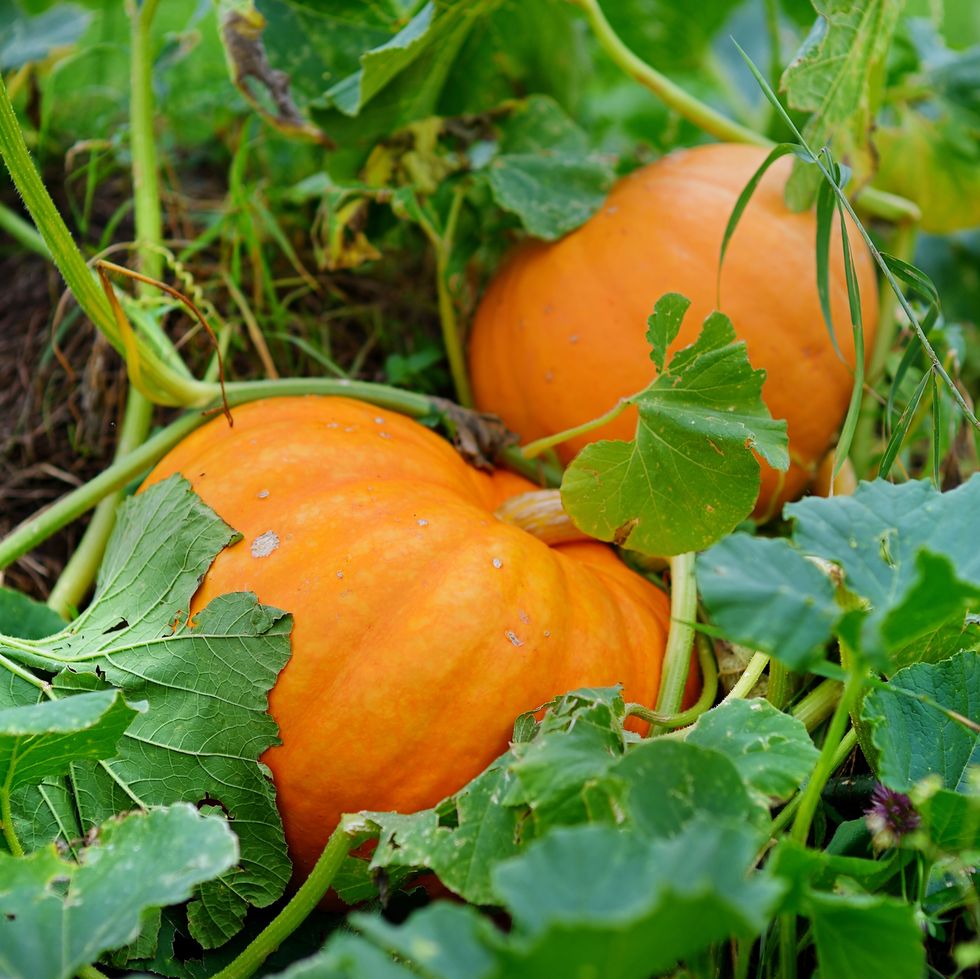
Pumpkin Nutrition
Pumpkin is a highly nutritious vegetable and a nutrient dense food. It is rich in vitamins and minerals found in its seeds, leaves, and juice but low in calories. Pumpkin is also an amazing source of beta carotene, an antioxidant that gives orange vegetables and fruits their color. The body converts beta carotene ingested into vitamin A. Also, eating pumpkin is good for the heart. The fiber, potassium, and vitamin C content in pumpkin all support heart health. Pumpkins contain Vitamin C, vitamin E, and beta carotene which support eye health and can prevent degenerative damage in older adults. 1 cup or 245 grams of cooked, boiled, or drained pumpkin contains: 1.76g of protein, 2.7g of fiber, 49 calories (kcal), 0.17g of fat, and 12g of carbohydrate. With about 3 grams of fiber in 1 cup of cooked pumpkin, and more than 7 grams in canned pumpkin, adding pumpkin to a daily diet can also help a person increase their fiber intake. So whether you like roasted, boiled, or canned pumpkin make sure to add some to your meals to get all of these amazing health benefits pumpkin has to offer!
Pumpkin Recipes
Check out the links below for some delicious pumpkin recipes to try this season!
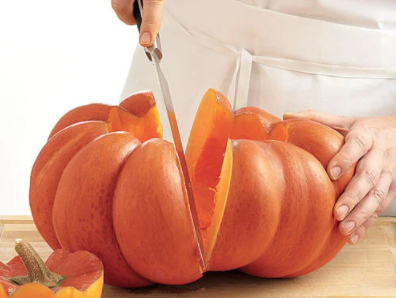
Don’t waste the seeds from your pumpkins! Try this roasted pumpkin seeds recipe
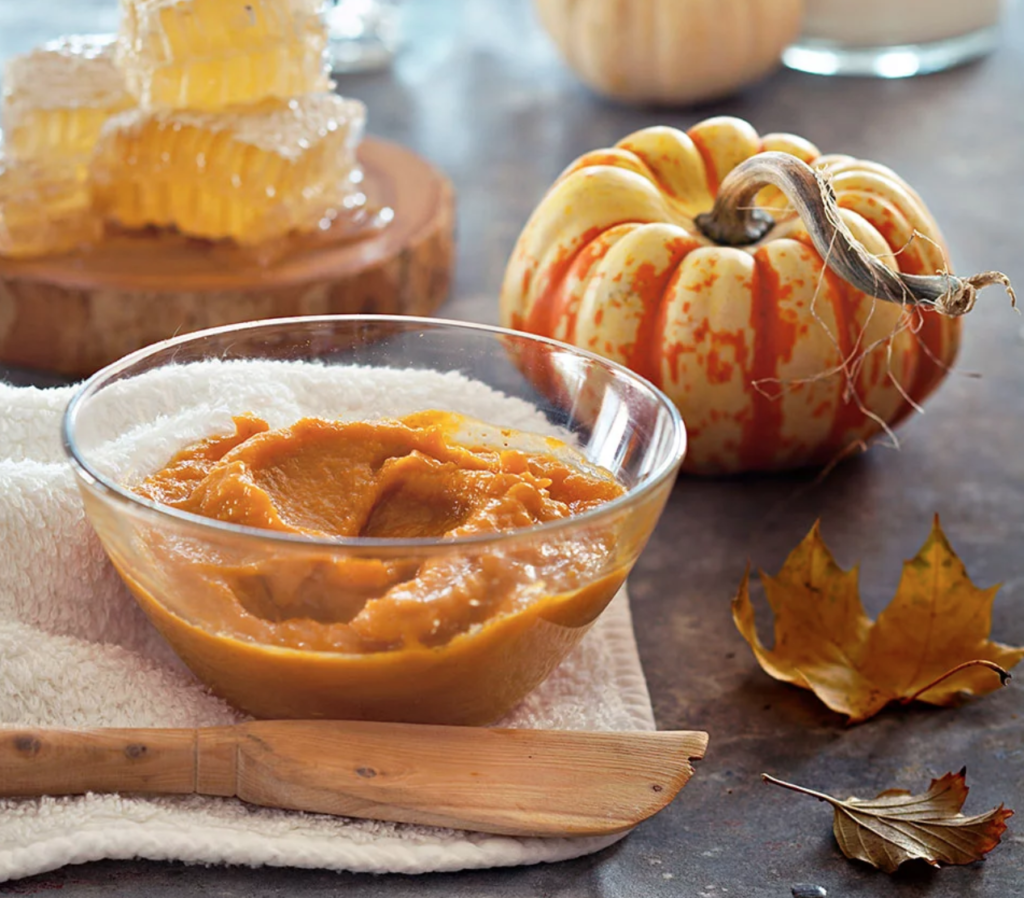
Sources:
Avey, T. (2014, November 25). “History of Pumpkins and Recipe Round-Up”. Retrieved October 22, 2020, from https://www.pbs.org/food/the-history-kitchen/history-pumpkins-recipes/.
Onion, A., & Sullivan, M. (2020, October 15). “6 Things You May Not Know About Pumpkins” (M. Mullen, Ed.). Retrieved October 22, 2020, from https://www.history.com/news/pumpkin-facts-halloween-jack-o-lantern.
Thomas, R. B. (n.d.). “Planting, Growing, and Harvesting Pumpkins”. Retrieved October 22, 2020, from https://www.almanac.com/plant/pumpkins
“What are the health benefits of pumpkins?” (2019, November 1). Retrieved October 22, 2020, from https://www.medicalnewstoday.com/articles/279610.
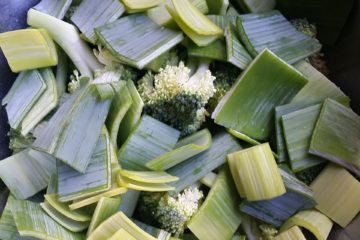
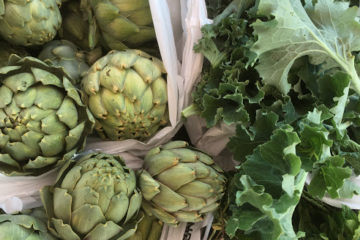

0 Comments